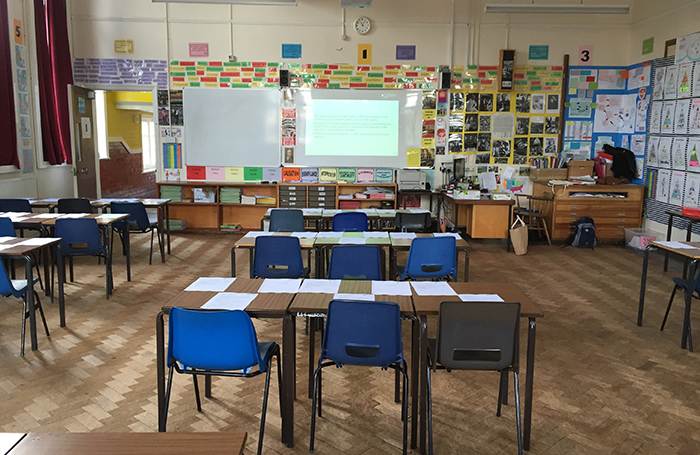How does the built environment of schools matter? Establishing the characteristics of learning-sensitive architectural design using a bespoke digital participatory tool
Dr Karolina Szynalska McAleavey, Faculty of Education, University of Cambridge, UK
Awards RIBA President's Awards for Research 2021
Category Annual theme: Education

Our understanding of school building design in relation to its effects on learning is surprisingly underdeveloped. This is due to the complex nature of the environments, the lack of consensus about the criteria for their pedagogical assessment, and attendant methodological challenges. By using theoretical concepts from developmental psychology and innovative approaches to both education and the perception of the physical environment, this study explored how the design of secondary school buildings affects pupils’ appetites for learning and promotes innovative pedagogical practices. The principal purpose of this research was to establish the characteristics of a learning sensitive architectural design.
The research tool employed the Experience Sampling Method (ESM) conducted through a digital app. It collected images of the pupil participants’ surroundings and information about their school-related experience in situ – by sampling the participants’ thoughts and feelings as they occurred and in the environment within which they occurred. Over a course of a week in each case study, a total of 79 Year 7 and 8 pupil participants in four urban secondary schools in England recorded 1091 momentary responses reporting their experience of their motivation, school activity, and their immediate physical environment. The procedure collected both quantitative and qualitative data recording the effect of the pupils’ perception of the school environment on their momentary motivation, as well as an assessment of the congruence between the buildings and the pedagogies they host. The study found that the perceived quality of the school environment has a lasting impact on pupils’ momentary motivation and that a significant amount of variation in intrinsic motivation is momentary and context specific. These findings have potential implications for architects and educators concerned with enhancing and supporting learning through the design of school buildings.






